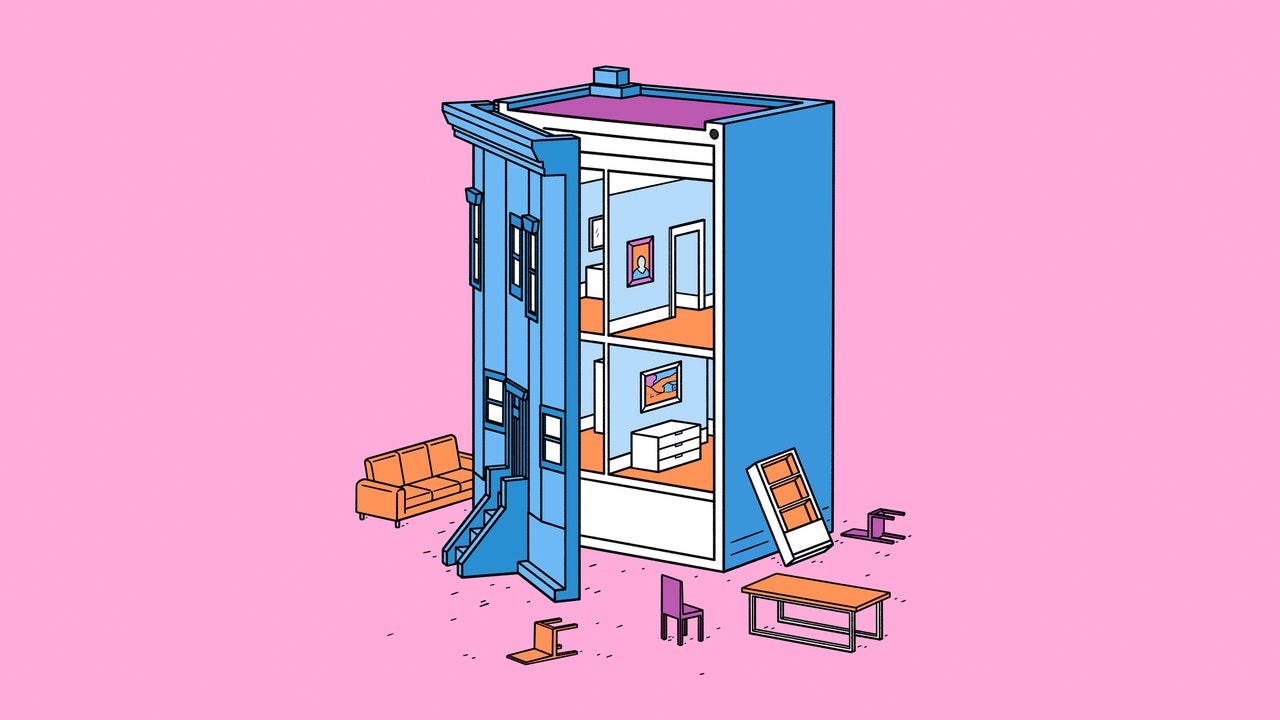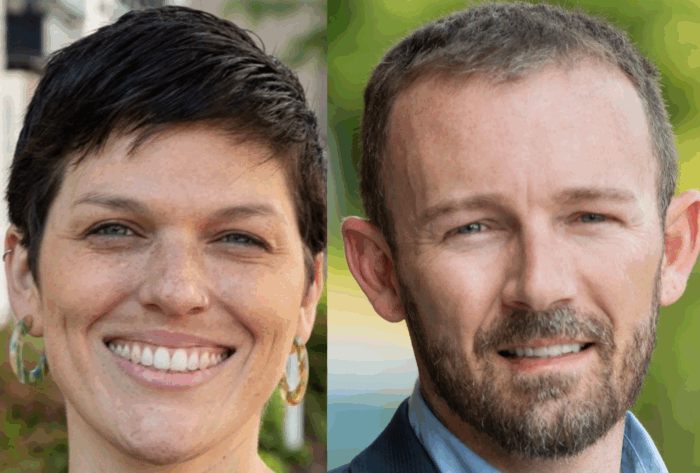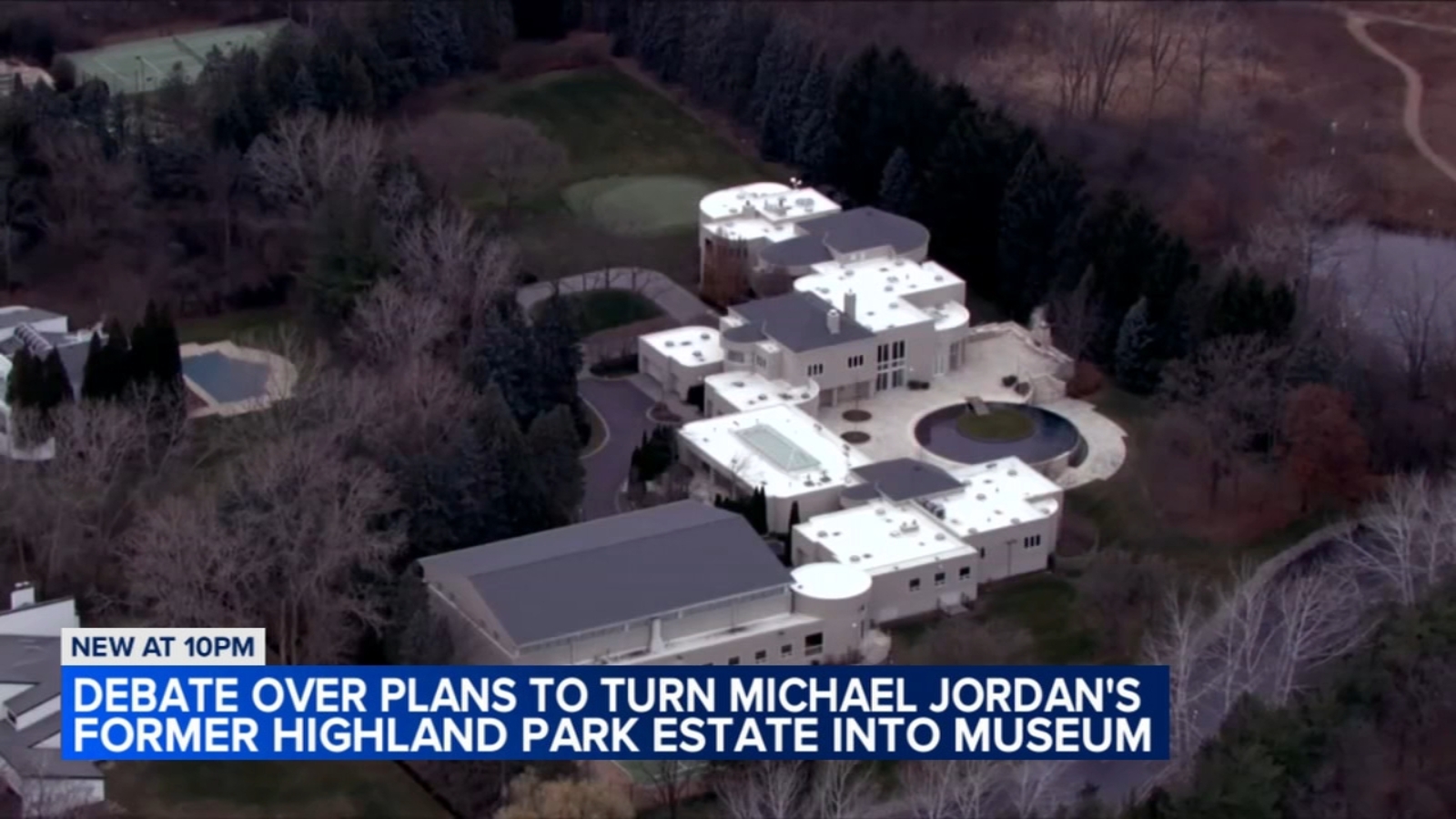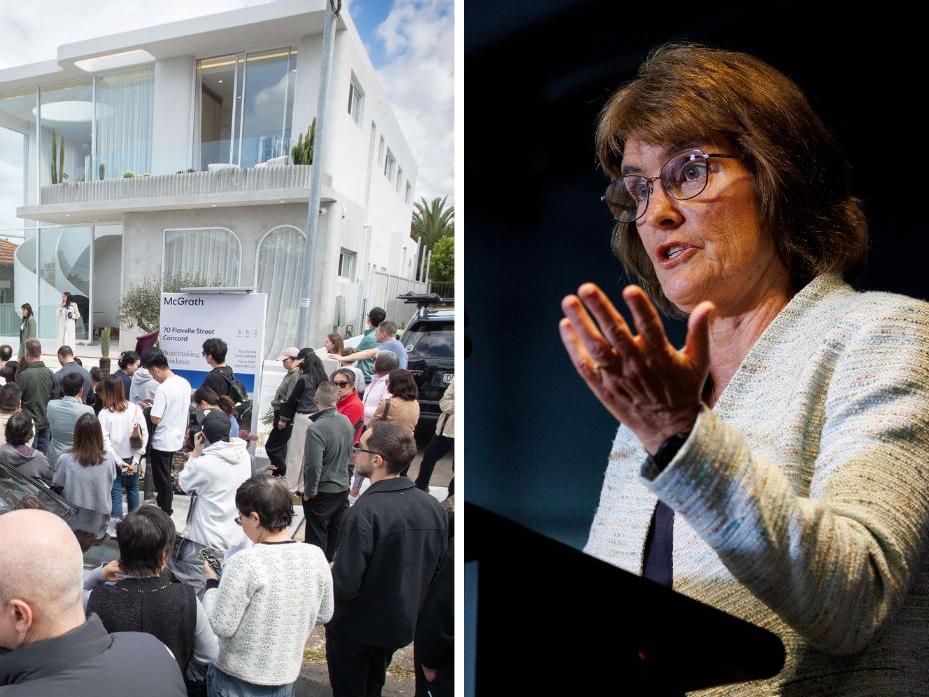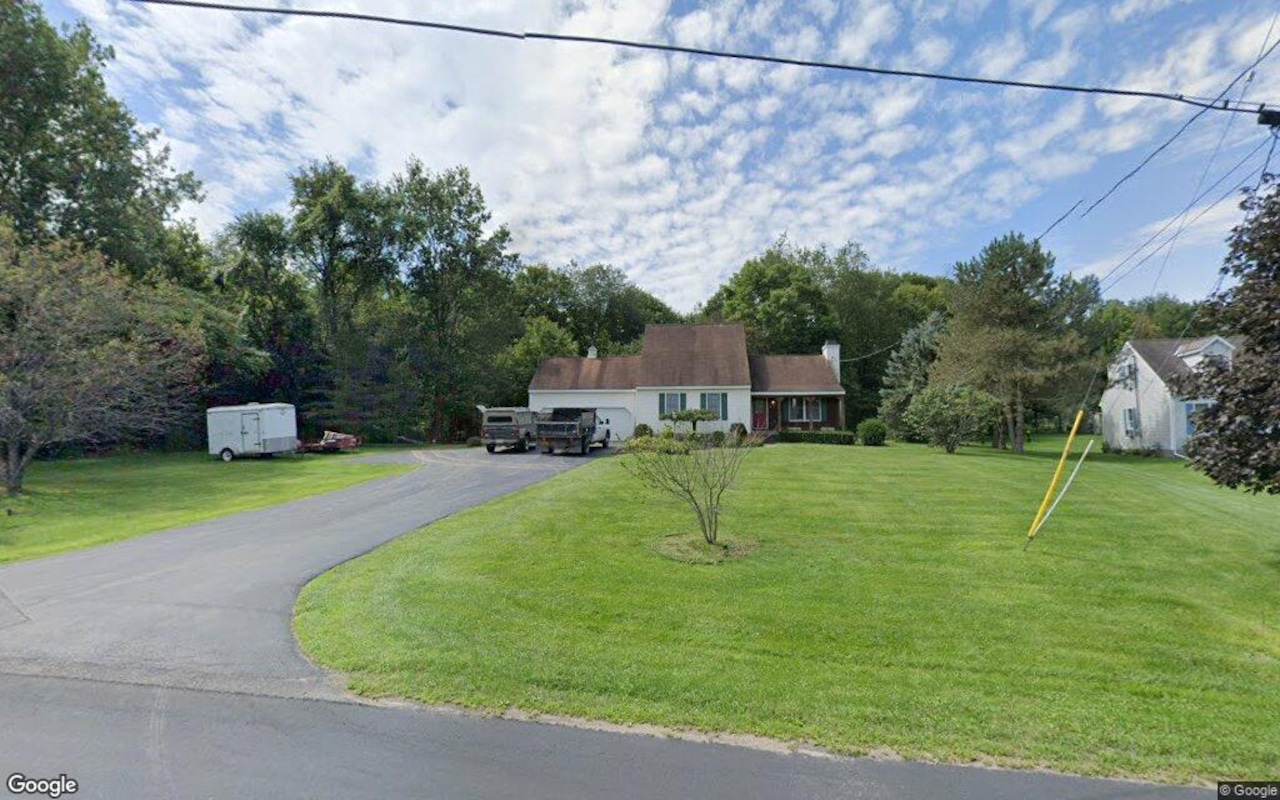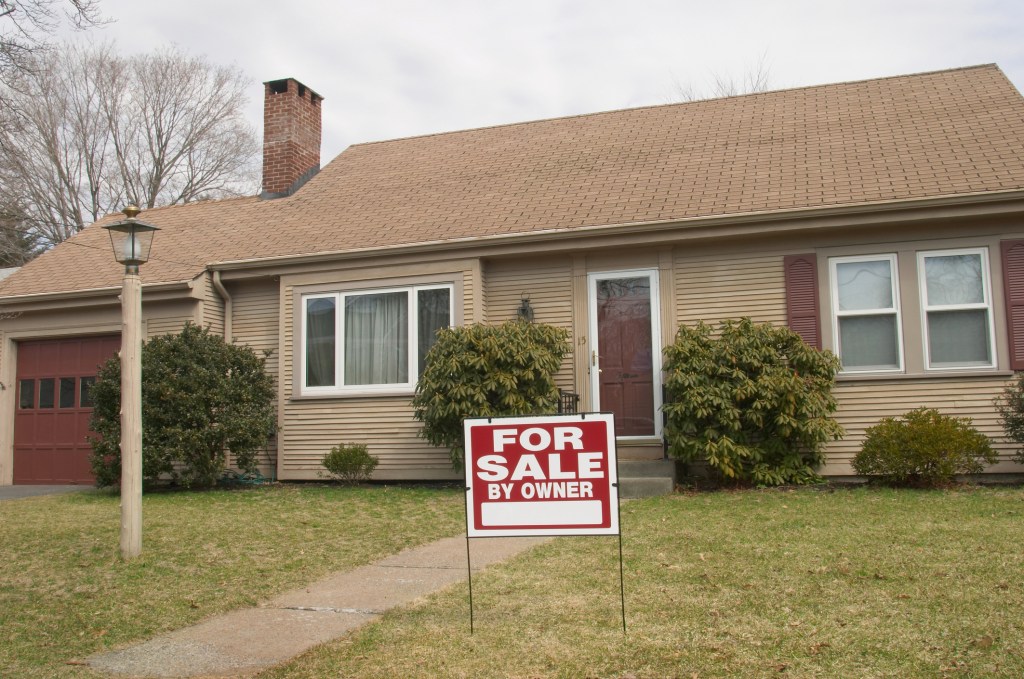I
n the late 1990s, a film called "Til There Was You" told the story of a developer who falls in love with a woman fighting to save her neighborhood from being demolished. The movie, written by Winnie Holzman and starring Jeanne Tripplehorn, was about zoning laws and community living. I'm not thinking of "You've Got Mail," but rather this lesser-known film that has stuck with me.
As I navigated the New York City rental market, I found myself drawn to a particular type of apartment: one with a courtyard. The idea of communal living and shared spaces was appealing, especially after reading Deborah Levy's memoir "Real Estate." She writes about how real estate is a self-portrait and a class portrait, as well as a way to seduce.
I had to stop searching for courtyards on StreetEasy after I moved back to New York City. When I started looking again in Brooklyn, my friends warned me to manage my expectations, but I was determined to find the perfect place. After weeks of searching, I found an apartment within my budget, but it came with a catch: the living room looked out over a massive Con Ed substation and a cemetery.
I felt like the protagonist of Danzy Senna's "Symptomatic," who moves to New York City and considers an apartment share where her roommate likes to keep canned foods alphabetized. I relied on thin connections, using a dot-edu email address from an adjunct teaching gig at a journalism school to find a sublet on SabbaticalHomes.
As the cost of living in New York City continued to rise, I started fantasizing about moving to Finland and joining a socialist housing complex on the outskirts of Helsinki. But then I met someone who suggested that I look into buying a place. A mortgage would lock me into a monthly rate, protecting me from the fluctuations of the rental market.
However, the average sale price of a one-bedroom co-op in New York City was over $770,000. The guest told me she understood; she was an artist. But then she mentioned something called a Housing Development Fund Corporation co-op, which offered below-market-rate apartments for low- and middle-income New Yorkers. If I took a ten-hour class with a local organization, the city could provide me with a $100,000 down payment.
I attended an information session for first-time home buyers at Medgar Evers College, where I met other New Yorkers who were also considering buying a place. But as I listened to the speakers, I felt like I was being sold on something that didn't feel right. The idea of homeownership as a way to build generational wealth and invest in my community seemed appealing, but it also felt restrictive.
As I navigated the world of real estate, I started to notice a shift in popular culture. Homeownership had become a subject of black comedies, midlife-crisis novels, and unintentionally dystopic reality TV shows like "The Watcher" and "Selling Sunset." These shows portrayed homeowners as heroes who were willing to do whatever it took to own their dream homes.
But the reality was different. The cost of owning a home in the U.S. had gone up 24% since the pandemic, according to Bankrate. Nearly a quarter of American homeowners were "cost-burdened," meaning that more than 30% of their income went towards housing. Rising insurance premiums, increased property taxes, and inflation had hit low-income homeowners especially hard.
As I continued to search for a place to live, I started to feel like I was stuck in a never-ending cycle of rent increases and mortgage payments. I began to wonder if there was another way to live, one that didn't involve the constant stress of trying to afford a home. That's when I stumbled upon an article about the Mitchell-Lama program, a 1950s urban-housing initiative that allowed New Yorkers to purchase "limited equity" co-ops at below-market rates.
The program had been around for decades, but it was still available in some buildings across the city. I started to research and discovered that there were many benefits to living in a Mitchell-Lama building. The apartments were affordable, and the community was tight-knit. But as I dug deeper, I realized that the program was under threat.
A new book by Jonathan Tarleton, "Homes for Living: The Fight for Social Housing and a New American Commons," explores the history of the Mitchell-Lama program and the threats it faces. Tarleton argues that the privatization of affordable housing is not just an economic issue but also a cultural one. He writes about how homeownership has been used as a tool to control people, particularly Black Americans.
As I read Tarleton's book, I started to see the world in a different light. I realized that there were other ways to live, ones that didn't involve the constant stress of trying to afford a home. I started to imagine a society where people didn't need to own a home just to have something they could take out a mortgage on.
I decided to join the Brooklyn Eviction Defense, a tenants' union that was fighting against evictions and organizing rent strikes. As I filled out my tenant-union card, I felt a sense of purpose that I hadn't felt in years. I started to see that there were other ways to be invested in my community, ones that didn't involve homeownership.
I opened two new windows on my laptop: one for the Brooklyn Eviction Defense's website and another for StreetEasy, where I began searching for a rent-stabilized apartment with a courtyard. A girl can dream.
